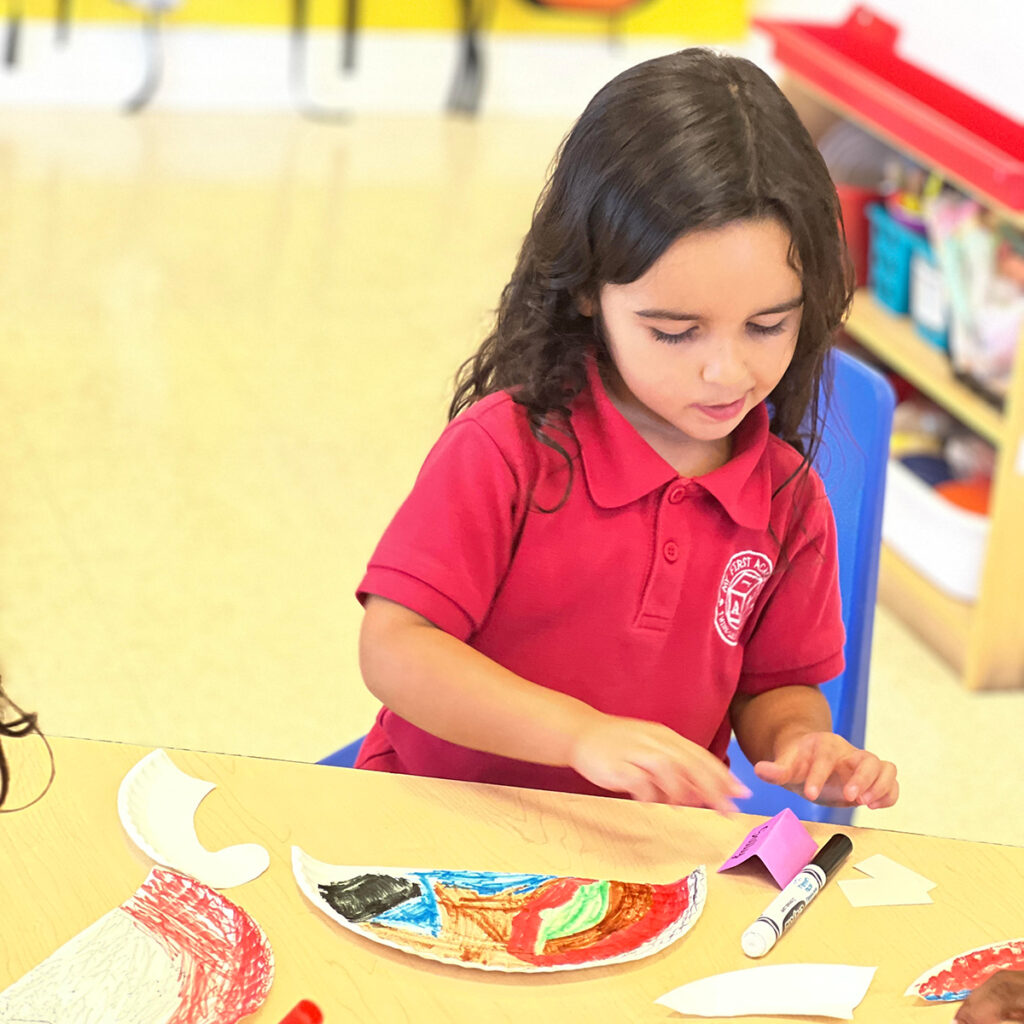Starting a new school can be an exciting yet challenging milestone in a child’s life. For children between the ages of six weeks and 5 years old, this transition period is particularly significant. It involves adapting to a new environment, building trust in unfamiliar faces, and adjusting to a new routine. It is not uncommon for young children to exhibit changes in their eating habits during this time as they navigate their way through the sea of new experiences, relationships, and learning opportunities.
- The Importance of a Smooth Transition: When transitioning to a new school, it is crucial to establish a smooth and supportive process. A well-structured transition plan can ease anxiety and help children feel secure and confident in their new environment. This plan often involves gradually introducing the child to the new setting, allowing them time to familiarize themselves with the surroundings and build relationships with caregivers, teachers, and peers.
- Initial Resistance to Eating: During the initial stages of starting a new school, it is not uncommon for children to experience changes in their eating patterns. This can manifest as a decreased appetite, selective eating, or even refusal to eat altogether. These changes are typically a result of the child’s adjustment to the new environment, routine, and the people around them.
- Anxiety and Trust-Building: A new school can be overwhelming for a young child, as they encounter unfamiliar faces, new routines, and different rules. The transition period may induce feelings of anxiety and insecurity, leading to changes in the child’s behavior and eating habits. It takes time for children to build trust in their new caregivers and surroundings, and this trust is vital for them to feel comfortable and at ease during mealtimes.
- Creating a Nurturing Mealtime Environment: To support children during this transition, it is essential for caregivers and teachers to create a nurturing mealtime environment. Some strategies include:
- Patience and Understanding: Recognize that changes in eating habits are a normal part of the transition process. Be patient and understanding as children navigate through their emotions and establish a sense of trust.
- Familiarity and Routine: Maintain consistent mealtime routines during and offer familiar foods to provide a sense of security and comfort during this period of adjustment.
- Encouragement and Role Modeling: Encourage children to try new foods while also respecting their preferences. Role modeling healthy eating habits can positively influence their choices and promote a positive association with food.
- Communication and Collaboration: Maintain open lines of communication between parents, caregivers, and teachers to understand the child’s needs and preferences. Collaborate to ensure a consistent approach to mealtime routines and strategies.
- Gradual Adaptation and Support: As the child settles into their new school and becomes more familiar with the environment, routine, and people, their eating habits typically begin to normalize. Gradually, they develop a sense of security and trust, leading to increased appetite and willingness to try new foods.
Starting a new school can be a time of immense growth and development for young children. While changes in eating habits may occur during this transition, it is essential to provide a supportive and nurturing environment that fosters trust, familiarity, and routine. With patience, understanding, love, compassion, and collaborative efforts between parents, caregivers, and teachers, children can navigate this transition successfully, allowing them to embrace new experiences and thrive in their educational journey.

